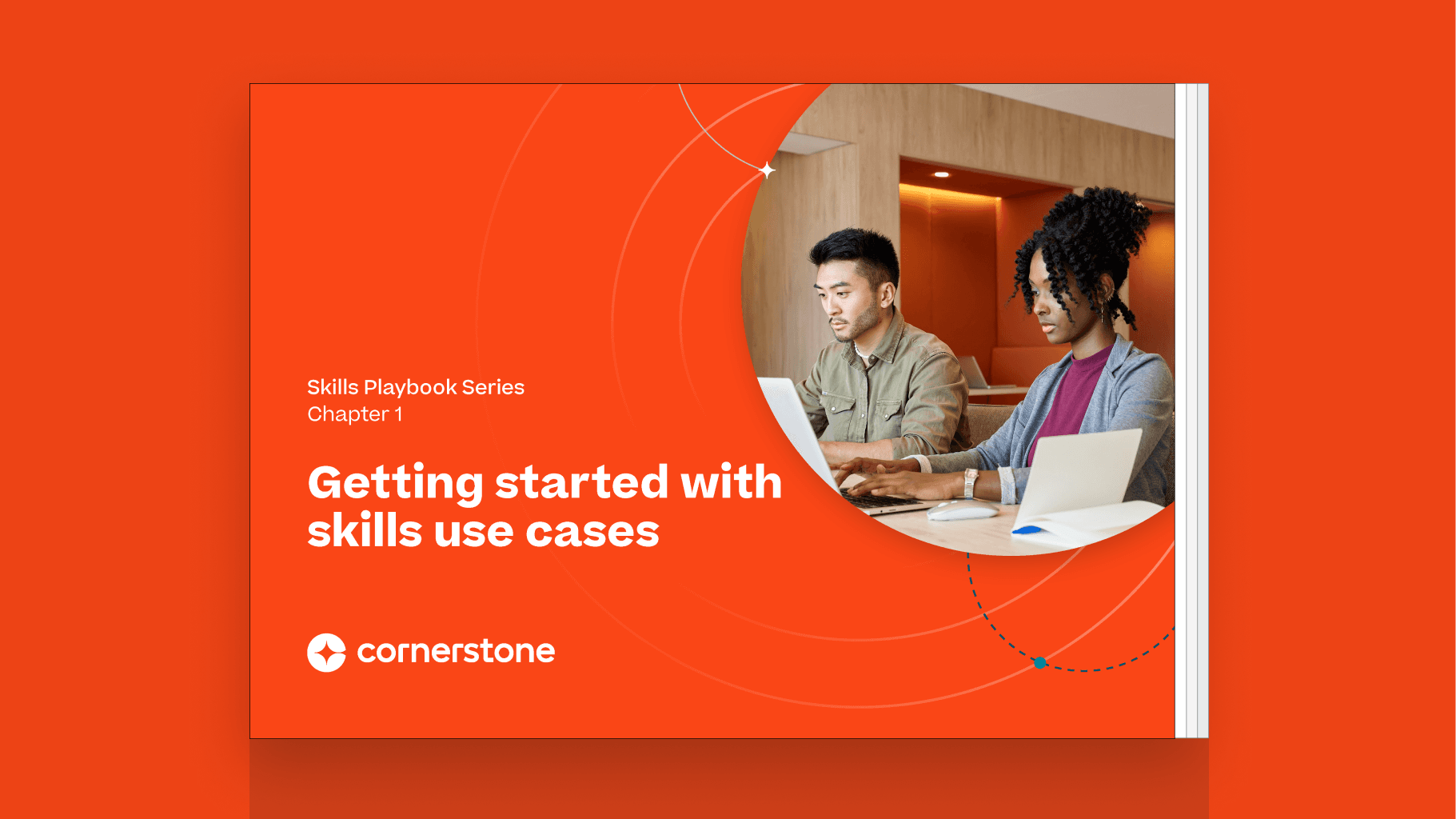It’s estimated that by 2025, 85 million jobs may be displaced by machines, while 97 million new roles may emerge that are more adapted to the new division of labour between humans, machines and algorithms. In order to keep pace with emerging technology, the global workforce may need to switch occupational categories. The COVID-19 pandemic is only hastening this trend, forcing us all to rely on 21st-century technologies—artificial intelligence, the internet of things, social media, digital learning platforms, augmented and virtual reality, drones, 3D printing and more—to keep us healthy and to transform economies during these unprecedented times. Amidst so much change, it’s important for companies to focus their time, energy and resources on reskilling and upskilling programs that enable employees to pivot roles seamlessly so they can successfully adapt to the requirements of today’s world of work.
A majority of companies are already investing time and money into these efforts, but Cornerstone’s recent HCI New Skilling report revealed an opportunity to improve their efficiency. Researchers found that high-performing organizations (HPOs) are focused on reskilling and upskilling, and typically look inward to identify which skills to prioritize. For example, they might examine their company’s business strategy, or talk to their employees and leaders to find skills gaps. Though helpful, and an absolute best practice, this method can be supplemented by looking at not only what’s happening internally—but at broader, external trends as well.
To gain more holistic insight into the skills they need to prioritize for employee development efforts, organizations need to look outward as well: Consulting experts, conducting research and analyzing industry advancements or insights to locate emerging skills gaps or needs. This extra step will also help employers be more strategic from a workforce planning perspective, giving them a better idea of how they should invest their time, money and efforts in reskilling/upskilling programs.
Cornerstone’s HCI New Skilling report found 83% of organizations rely on direct feedback from managers and team leaders to identify internal skills gaps. Another 67% rely on direct feedback from individual contributors to identify the skills their employees need—both now and in the future. Though effective, these efforts reveal only part of the picture because they only point to specific skill deficiencies or needs in your workforce. Taking an internal approach tends to lead to a more reactive approach to skills development rather than a proactive one that looks at emerging industry trends.
To identify skill gaps more effectively, organizations need to scan their external environment and industry for growing trends or new, necessary skills for their business landscape. Sometimes, it’s simply a matter of not knowing what your organization is missing until it’s seen in action elsewhere—like a competitor. Indeed, organizations can gain insights by analyzing a wide variety of independent sources, like trade journals or updates from professional organizations.
By accessing and incorporating data from more diverse sources, organizations can better understand future needs, anticipate impending skills gaps that can be addressed in advance, and adjust L&D efforts accordingly. And, according to the HCI report’s findings, organizations that use more sources of information to understand potential skills needs report stronger talent and business outcomes and better future readiness.
As organizations rethink their approach to future-proofing their business with reskilling and upskilling efforts, here are two ideas to keep in mind when planning out these programs:
- Use good practice from classic workforce planning. For companies that are already doing this formally, they should include these arrangements in their reskilling/upskilling strategy and use them to plan or direct these efforts.
Pull in information from both internal and external sources to inform planning and execution—the more, the better.
To ensure the success of their upskilling, reskilling and new skilling efforts, companies and their L&D leaders need to ensure they don’t forget to look beyond their four walls and examine the external forces that surround them—otherwise, excellence in internal efforts may not align with larger, external changes.

